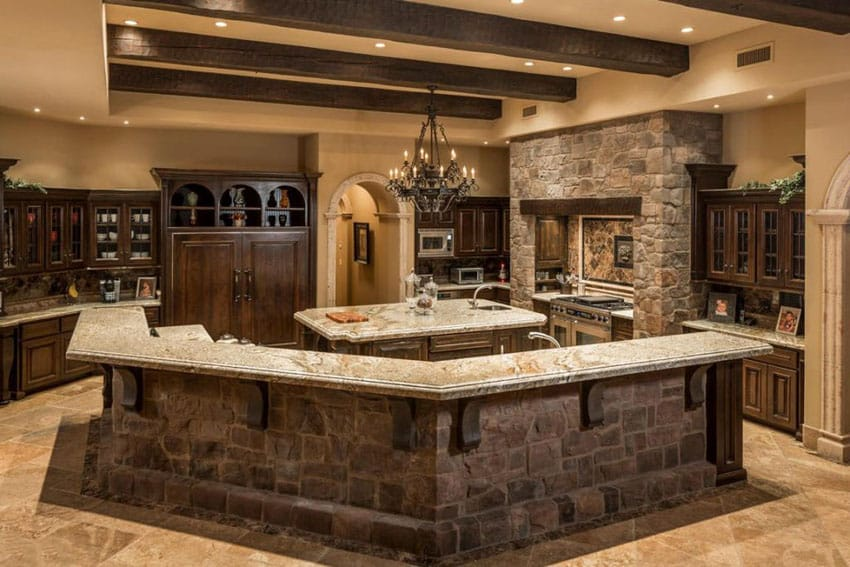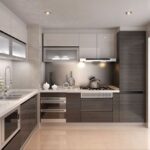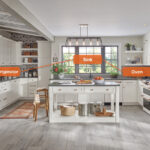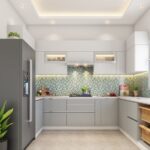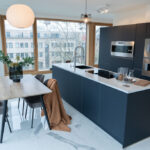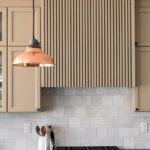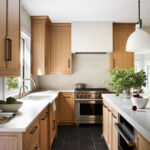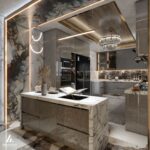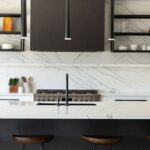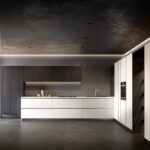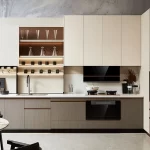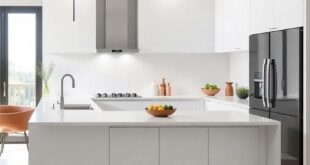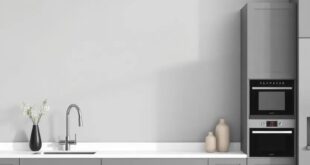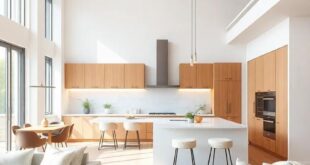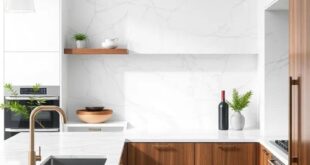The kitchen is often referred to as the heart of the home, and for good reason. It is where meals are prepared, conversations are had, and memories are made. With its central role in daily life, it is no wonder that kitchen design is a top priority for many homeowners.
A well-designed kitchen is not only functional, but aesthetically pleasing as well. It should be a space that is easy to move around in, with ample storage and workspace. But it should also reflect the style and personality of the homeowner, creating a welcoming and inviting atmosphere.
There are several key elements to consider when designing a kitchen. The layout is perhaps the most important factor, as it will dictate how efficiently the space can be used. The classic work triangle, which positions the sink, stove, and refrigerator in a triangular formation, is a popular choice for its efficiency. However, modern kitchens often deviate from this traditional layout to accommodate different cooking styles and preferences.
Another important consideration is storage. A well-designed kitchen will have plenty of storage options, including cabinets, drawers, and pantry space. It is important to prioritize storage based on your needs, whether it be for pots and pans, small appliances, or pantry items.
Countertops are also a key feature in kitchen design. They should be durable and easy to clean, as they will be used for food preparation and cooking. Popular choices for countertops include granite, quartz, and butcher block, each with its own unique benefits and aesthetics.
When it comes to cabinets, there are countless options to choose from. From traditional wood cabinets to sleek modern designs, the style of your cabinets can have a big impact on the overall look of your kitchen. It is important to consider not only the appearance of the cabinets, but also their functionality and durability.
Finally, the finishing touches can really bring a kitchen design together. Lighting is crucial in a kitchen, both for functionality and ambiance. Task lighting over workspaces and under-cabinet lighting can help to illuminate the space and make it more inviting. Hardware, such as drawer pulls and cabinet knobs, can also add a touch of style to the kitchen.
In conclusion, kitchen design is an important aspect of any home. A well-designed kitchen should be both functional and aesthetically pleasing, reflecting the style and personality of the homeowner. By considering factors such as layout, storage, countertops, cabinets, and finishing touches, you can create a space that is not only beautiful, but also a joy to cook and entertain in.
 Decorationg Interior Design
Decorationg Interior Design
